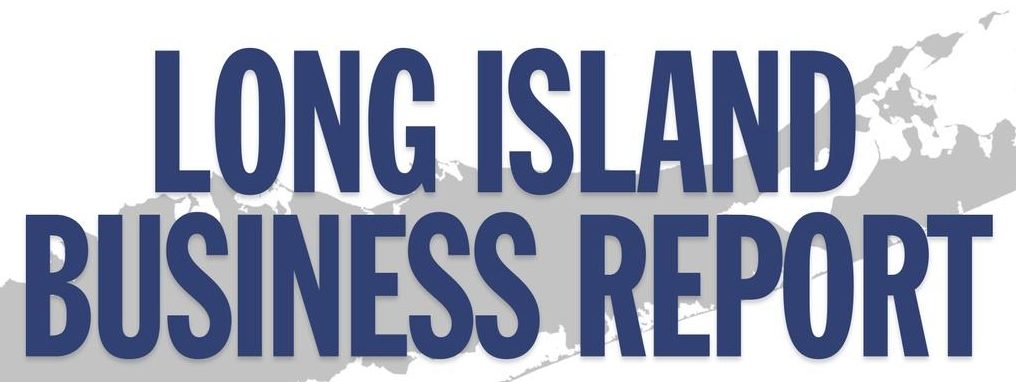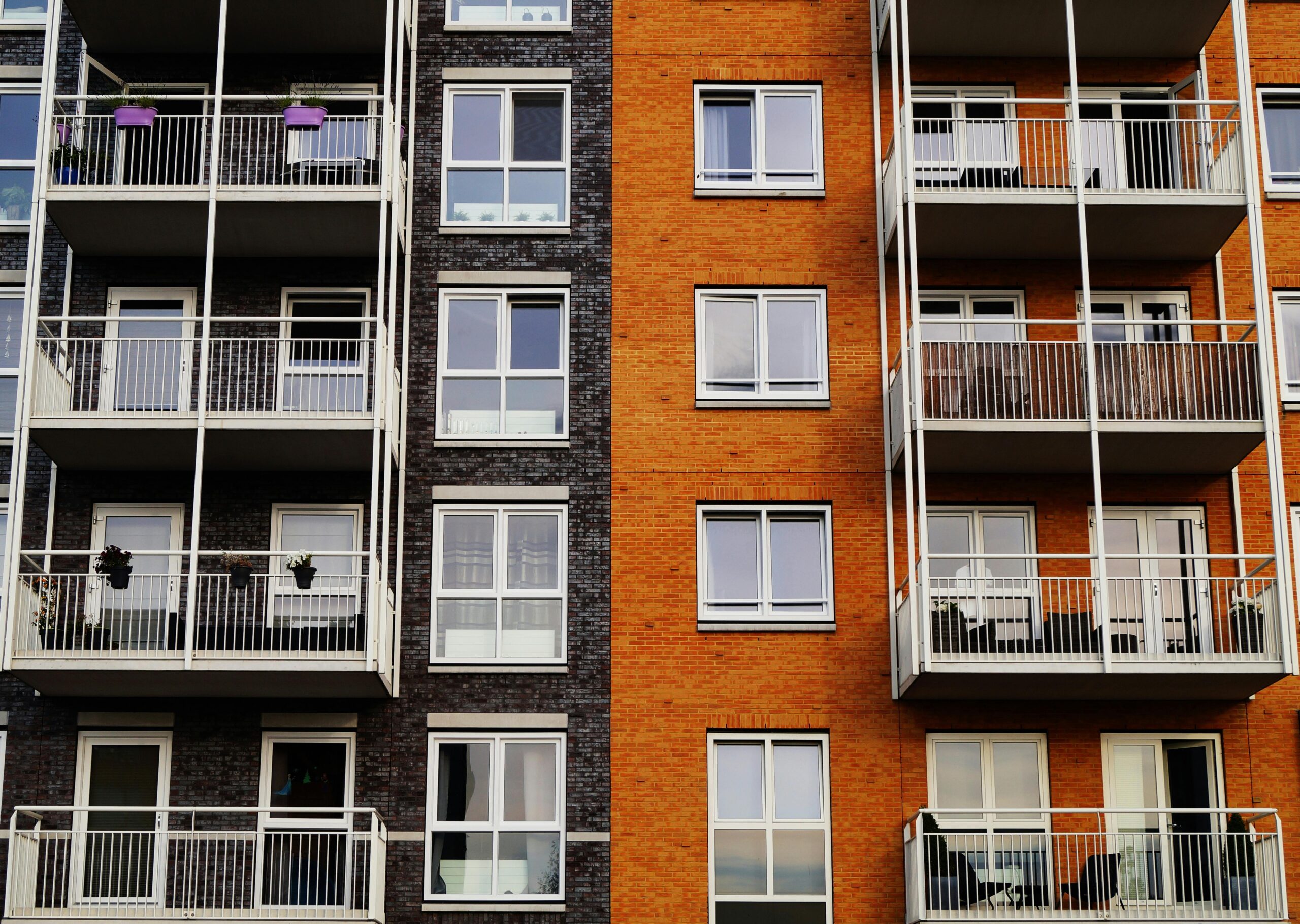COVID-19 still rages, but some US states reject federal funds to help
Nov 2 – As the resurgent COVID-19 pandemic burns through the rural U.S. state of Idaho, health officials say they don’t have enough tests to track the disease’s spread or sufficient medical workers to help the sick.
It’s not for want of funding.
The state’s Republican-led legislature this year voted down $40 million in federal aid available for COVID-19 testing in schools. Another $1.8 billion of federal assistance related to pandemics is still sitting in the state’s treasury, awaiting its deployment by lawmakers.
Some Idaho legislators have accused Washington overreaching and reckless spending. Others consider testing disruptive and unnecessary, especially in schools, because very few children have died of the disease.
“If you want your kids in school, you can’t be testing,” said state Representative Ben Adams, a Republican who represents Nampa, a city of about 100,000 people in southwestern Idaho.
According to the U.S. Centers for Disease Control and Prevention (CDC), the state has the fifth-highest rate of infection in the United States with 369 confirmed cases for every 100,000 people.
Schools in at least 14 of Idaho’s 115 districts, including Nampa, have had to close temporarily due to COVID-19 outbreaks since the start of the year, according to Burbio, a digital platform that tracks U.S. school activity.
Idaho’s experience illustrates how political ideology and polarization around the COVID-19 epidemic have played a role in the decision of mostly conservative states to reject some federal funding meant to help locals officials battle the virus and its economic fallout.
Idaho was one example of 26 Republican-led states to end federally-funded unemployment benefits before their September expiration. Gov. Brad Little claimed money was discourageing the jobless to return to work. Six studies have shown that the extra benefits have had a minimal or no effect on the U.S. labour market.
Idaho also rejected $6 million for early-childhood education. Some Republicans in Idaho believed that mothers should be the primary caregivers of their children.
The state did not apply for $6million that would have boosted two safety-net programs that help mothers of young children as well as working families. Little’s administration said it had enough money already for those programs.
Idaho has received some federal COVID-19 assistance. State figures show that Idaho has accepted some federal COVID-19 assistance. In fact, they have only received a small amount of the nearly $2Billion in federal relief it has received since March 2020 to combat the virus and help families and businesses.
There are still hundreds of millions of people who have not been affected. Only $780 million has been deployed by Idaho, or 30%, of $2.6 billion that it received under the federal American Rescue Plan Act. It was signed into law in March.
The $7.8 billion received by Washington state under the legislation has been distributed to its neighbor Washington state. According to the U.S. Centers for Disease Control and Prevention, Washington has seen roughly 60 percent more cases per capita than Idaho since the outbreak of the pandemic.
Some in Idaho are exasperated that a state of just 1.8 million people would turn down a dime of assistance when it’s struggling to tame the pandemic.
With no testing in place, nurses in Nampa schools rely mainly on parents to let them know when a child is infected, the district’s top nurse, Rebekah Burley, told the school board in September. She stated that she needed three to four more staff to track and quarantine people.
“We’re tired, we are stressed, and something needs to change,” she said.
Rejecting federal money

The refusal by red states to accept some types of federal aid that would benefit their constituents isn’t new.
For example, a dozen Republican-controlled states have rejected billions of dollars available through the landmark 2010 Affordable Health Care Act to cover more people under the Medicaid health program for the poor, which is jointly funded by the federal government and the states. Lawmakers from these places contended their states couldn’t afford to pay their share of an expansion. (Idaho at first was one of them. But its voters opted for the Medicaid expansion through a 2018 referendum. State leaders were not involved.
The same dynamic was observed during the coronavirus epidemic. Six aid packages totaling $4.7 billion have been approved by Congress since March 2020, under Republican and Democratic administrations. This includes the bipartisan CARES Act (March 2020) and the Democratic-backed American Rescue Plan Act (this year).
Florida and Mississippi didn’t apply for benefits that would give more money to low-income mothers of young children. Idaho, North Dakota, Oklahoma and others decided not to offer grocery money to low income families with school-age children during the summer months.
Iowa rejected federal money to fund COVID-19 testing in schools, just like Idaho. New Hampshire rejected money to pay for vaccinations.
Idaho Republican lawmakers, like others, have concerns about local control and restrictive terms attached to some aid. They also worry about the skyrocketing national default.
“We are chaining future generations to a lifetime of financial slavery,” said Adams, the Idaho legislator.
Idaho has relied on Washington since before the pandemic. According to the National Association of State Budget Officers (NASBO), 36% of Idaho’s state spending is funded by federal funds, which is higher than the national average of 32%.
Officials from the state claim they have enough money to deal with the COVID-19 crisis right now.
Critics say Idaho’s reluctance to use more federal aid is a symptom of its hands-off approach to COVID-19 safety. Local leaders have refused to impose mask requirements on schools, or limit indoor gatherings.
“There’s a lot of people in our legislature and some local officials who really have not taken this seriously,” said David Pate, the former head of St. Luke’s Health System, the state’s largest hospital network.
Idaho has one the lowest vaccination rates in America, with only 55% of adults and teens being fully immunized compared to 67% nationally.
Hospitals full

COVID-19 is a major problem in Idaho, even though cases are down across the country. There are no COVID patients in the hospitals, so there is a shortage of Intensive-Care Units. Records show that at least 627 people died from the disease in October, which is significantly higher than the previous month’s death toll.
The American Rescue Plan provided $18 million to Idaho to hire more public-health workers. However, lawmakers did not do anything with that money.
Some local public-health departments claim they do not have enough staff for the virus tracking. “We have a lot of people doing two or three jobs right now,” said Brianna Bodily, a spokesperson for the public-health agency serving Twin Falls, a southern Idaho city of 50,000. The department has a 12 percent lower budget than last year.
Such staff shortages have contributed to a backlog of test results statewide, which the Idaho Department of Health and Welfare says is hurting its ability to provide an up-to-date picture of the disease’s prevalence.
Little, the governor, announced that $30 million of COVID-19 funding would be used to fund school testing, despite the funding being held up in the state capital.
Kathleen Tuck spokeswoman said that although the Nampa school system has requested some of this money, it has not set up a testing programme. Roughly 20 percent of the district’s students were not attending class regularly in the first weeks of the school year due to outbreaks, according to superintendent Paula Kellerer.
Jaci Johnson, a Nampa resident and mother of two children ages 10 and 13 years old, said that she and other parents were torn about whether to send their children to school because of the risk.
“Do we feed our kids to the lions, or do we keep them home and make them miserable?” Johnson said.



